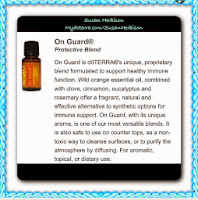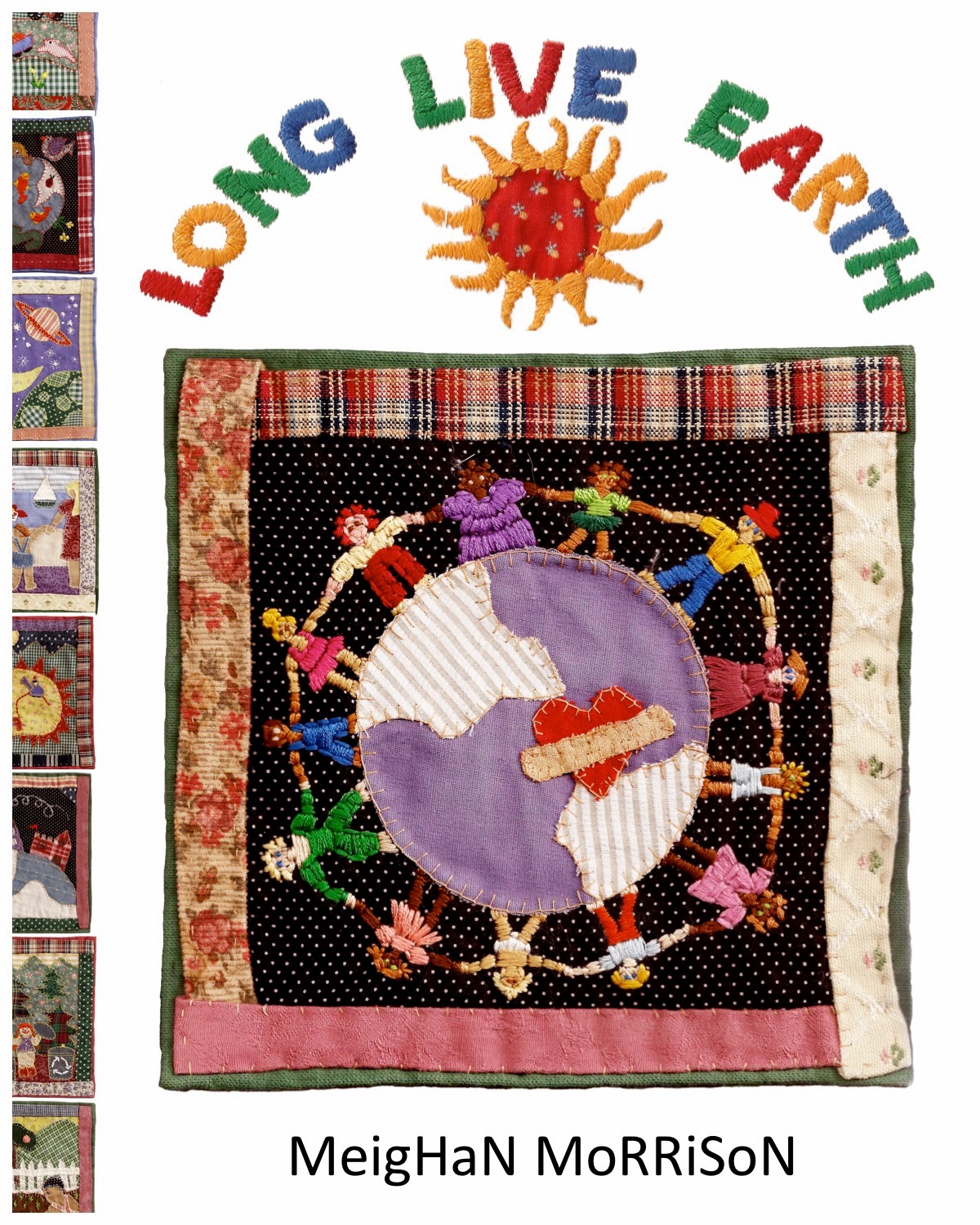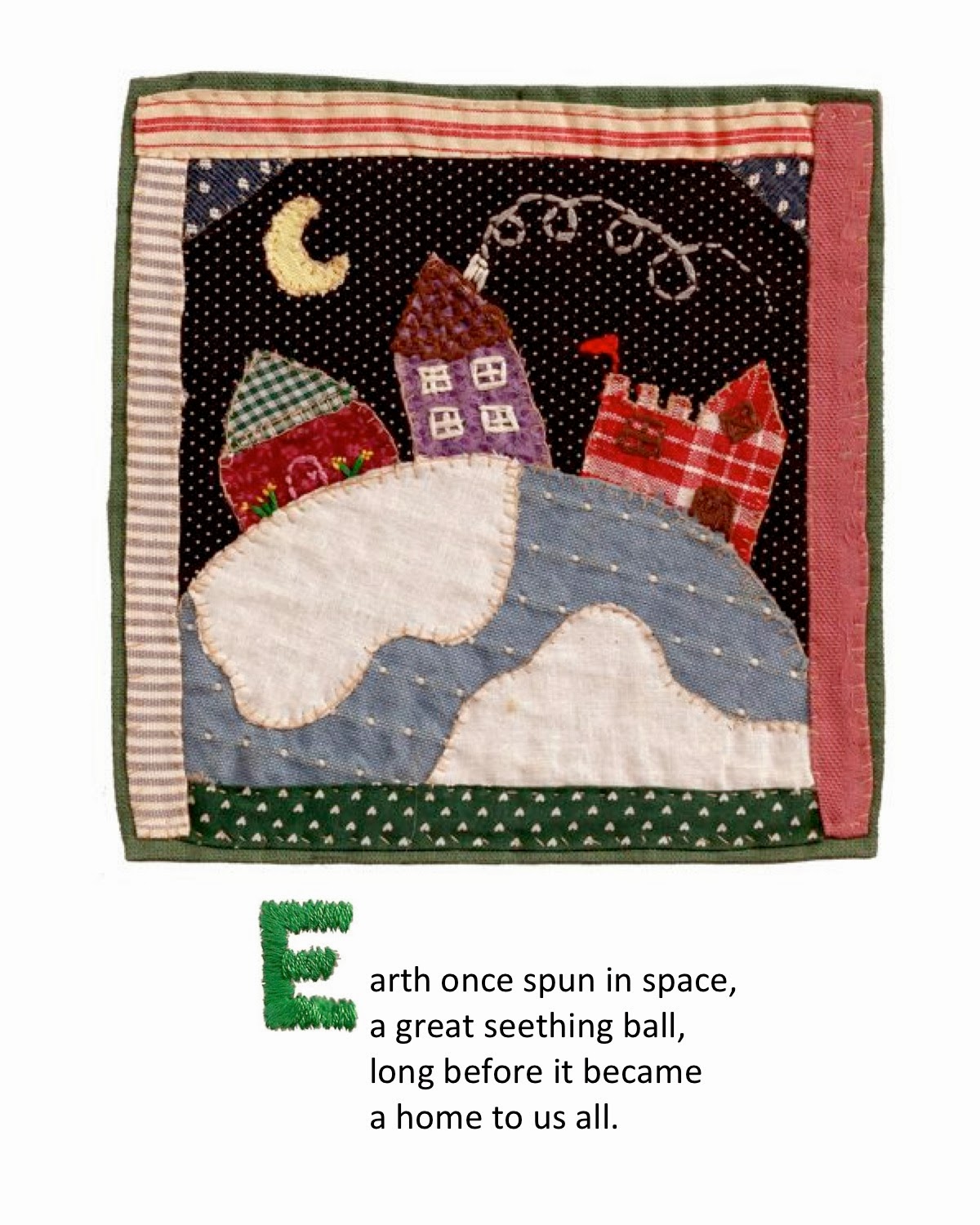But sometimes we need stuff and when we do, it's important to research products and buy from companies who make an effort to minimize their impact on the environment. Supporting such companies sends a clear message that we insist on products which don't harm the earth through their manufacture, use, or disposal.
Sounds easy enough, right? Unfortunately, it's not.
Living green has become a trend; consequently, advertisers want to capitalize on our desire to live a more Eco-friendly life. They use words like "natural" to convince us that their product just sprouted from the earth. Unfortunately, the word is unregulated and can mean just about anything.
Another "trick", which I've seen, is the use of the word "green", typically on a package which includes the color green to reinforce their message. If you look a bit closer on the label, you won't find actual certifications from organizations like Green Seal, Rainforest Alliance, or Forest Stewardship Council. You also won't find information on why their product is safe for the environment.
Here are a few tips to ensure that we're buying earth-friendly products:
Packaging
Look at the packaging of the product. It should have minimal, or no, packaging and what there is should be recyclable (make a point to find out what can be recycled in your area). Bulk products, free of any packaging, are usually good bets.Labeling
Read the label.- Avoid words like "all natural", "nontoxic", and "carbon neutral" which are non-regulated words and can mean anything.
- The list of ingredients should be recognizable and safe. For example, in cleaning solutions chlorine and ammonia are not safe, baking soda and vinegar won't hurt you or the planet.
- Are there hazardous use warnings? Typically a "green" product won't come with a lot of warnings and probably won't suggest that you call poison control if the product is ingested.
- The label should backup the manufacturer's claims. Look for an explanation of why the product is green and any green certifications.
- Watch out for big claims. If they sound too good to be true, they probably are.
Color
Look at the item ... is it unusually white (bleached) or have a very bright color (dyed)? That might be a clue that it's not "green".Smell
Is there a strong fragrance to the item? If a product comes heavily scented, it probably isn't Eco-friendly.Research the company
Reputable companies typically want you to know what they are doing. Visit websites and look for sustainability policies. Here's one of my personal concerns: companies who mainly sell non-green items but, to accommodate the growing trend, have added a line of Eco-friendly products. In my opinion, they lack commitment and I find all of their products suspect.These are just a few of the ways that can help us determine the "greeness" of a product and company. Unfortunately, they aren't "fool proof", but they do help us narrow down the choices.
Our purchases cast a vote for the earth. They also send a clear message to manufacturers who are driven by their financial bottom line. If we refuse to support them, they will either make a change in favor of the environment ... or watch their business die.
I'd like to invite you to check out our Special Offers Page. The vendors are trying their best to create products which are kind to the environment. And, they are graciously offering special deals to introduce their products to you. Check them out and let them know that we appreciate their efforts. Here are some of the great items you'll find:
 |  |  |
 |  |
What is your strategy to ensure that you are supporting "green" through your purchases?
Sneak Peek: Winter is the best time to do a home energy inspection. Our next post offers some inexpensive ways to get it done.
Images courtesy of Grant Cochrane, FreeDigitalPhotos.net, & vendors featured on the Specials Offers Page
Posted at Small Footprint Fridays















